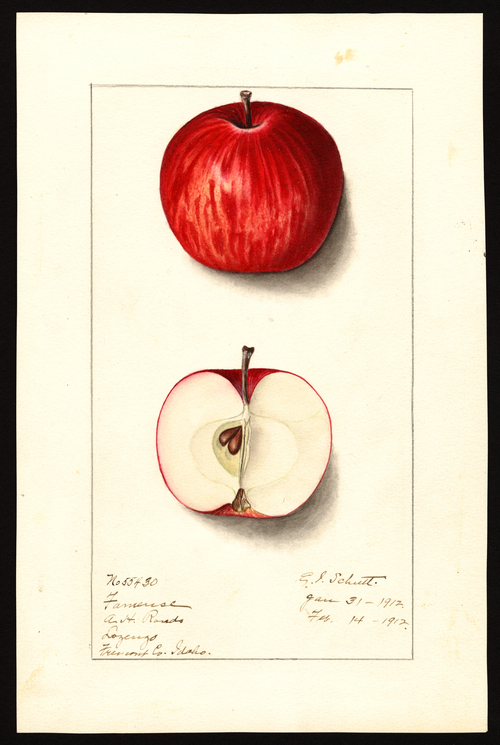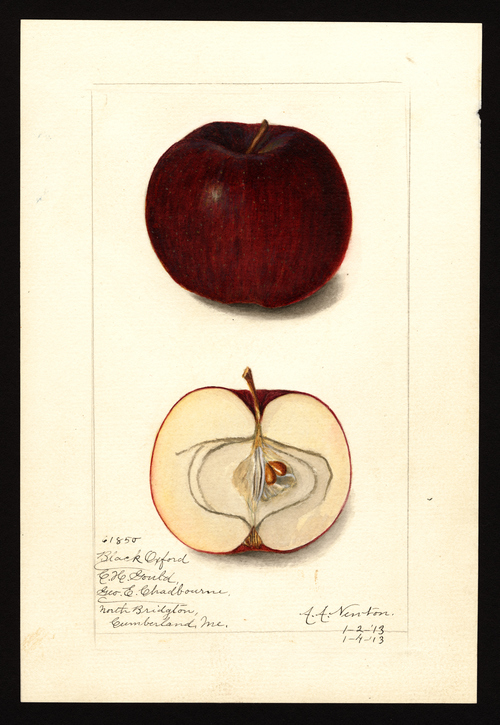


Summer blooms…
are a bee’s best friend. Our wildflower fields are bursting with color and bees!
From our farm to you
Beeswax brick
$4.50Cut comb honey
$12.00 – $15.00Cut Lavender
$6.00 – $10.00Honey in a Bottle
$12.50 – $20.50Honey in a Hex Jar
$10.50Honey Skep
$4.00Beautiful Door County
lavender
We have a variety of lavender for delightful aromas and for crafting from Wisconsin’s beautiful Door County, and our ’25 lavender crop is taking a break until July. Be sure to sign up for our newsletter or follow us on Facebook to know when the new crop comes in!




Think outside the lunchbox
Cider and Heirloom Apples
We have more than 30 varieties of cider and heirloom apple varieties. We invite you to enjoy eating this rich apple heritage through a subscription to a community-supported share or from a farmers’ market in Northeast Wisconsin.We will start taking inquiries in 2025!
Zestar/Minnewashta • A juicy and crisp eating apple from Minnesota.
Cox’s Orange Pippin • An orange-red apple that is one of England’s best dessert apples with a fine aroma and complex flavor something like vanilla, pear, and mango.
Belle de Boskoop • A crisp, lemony apple with high levels of sugar. From the Netherlands, this is a great baking (and pie!) apple.
Cortland • A sweet apple that doesn't brown when cut. Excellent in salads and lunchboxes!
Margil • A small apple that feels like velvet. Slight honey flavor.
Macoun • A northeastern favorite with floral hints wonderful for fresh eating.
Bramley’s Seedling • A juicy, somewhat tangy British fruit with a strong apple flavor. “Melts” when cooked.
Wickson Crab • An intense crabapple that is a wonderful for jam and jelly. High in both sugar and acid.
Opalescent • Iridescent! Medium to large, crunchy with a hint of strawberry and lilac. Excellent fresh, but cooks and juices well.
Baldwin • A crisp eating and cider apple that keeps its shape when baked. Keeps well.
Roxbury Russet • This apple sweetens with time, and it is always an excellent baker and cider apple.
Golden Russet • An apple with honey-nut flavor that makes good eating and baking, but is excellent in cider.
Arkansas Black • An apple with a deep-purple skin and very hard. A favorite in cider.
Blue Pearmain • A favorite of Henry David Thoreau, this apple has bluish hues. Dry and crisp flavor that is excellent for baking — though not bad to eat (especially if peeled).
King David • A strongly-flavored apple with hints of spice and citrus. Best for pie, sauce, and cider.
Newtown Pippin • Queen Victoria was partial to this sweet-tart eating and baking apple. Smells a bit like pine.
These apples are ideal for cider (and definitely not for your lunchbox).
Graniwinkle • A cider apple sometimes mixed with Harrison. Very sweet.
Virginia Crab (Hewe’s) • A crabapple that was once the mainstay of American cider. Recommended by George Washington, and it tastes a bit like cinnamon.
Herefordshire Redstreak • A cider apple first cultivated under Charles I.
Reine des Pommes • A traditional French cider apple that blends well with Dabinett. It is high in tannin.
Harrison • A prolific, almost perfect cider apple for a single-variety cider.
Bedan des Partes • A traditional French bitter-sweet apple for cider blends.
We will offer CSA subscriptions for our apples. They are seasonal, diverse, and cannot be easily found in more traditional venues. (Our honey, candles, and lavender may be purchased directly from our website.)
Outside the Lunchbox
No commitment now! Read about CSA and the CSA agreement. Your information is protected by our Privacy Policy.
Benefits
Community Supported Agriculture (CSA) is a way to connect to local, seasonal food directly from small, local growers. You subscribe to “shares” from a specific grower (typically) at the beginning of the growing season. At harvest time, you receive your share of the harvest from that grower. CSA has a number of advantages for you.
- You have a relationship with a particular grower and a particular farm (or orchard, in our case).
- You have access to local, in-season, and fresh produce that is more diverse than you can find at typical grocery stores.
- You know the way that grower cares for the crop, manages insects and disease, and delivers the crop to you.
- You support small farms that grow locally.
For us, we can care for the crop with confidence and support, knowing that our efforts to produce fresh and high-quality food is valued by subscribers. Further, time is precious during the growing season and the harvest season. CSA relieves some of the uncertainty of selling the crop. CSA also provides us with resources when we need it most — near the beginning of the growing season.
Shared Risk and Reward
“Shared risk and reward” is a cornerstone concept of CSA. The grower and the subscriber are in it together! You are an integral part of the process. Unlike typical transactions, CSA shares support the farming that yields the crop. In an abundant year, you can look forward to a bounty of high quality apples (the reward). In years with extreme weather or heavy disease pressure (the risk), you may receive less or even no produce.
There are typically no refunds on subscriptions — we put in a season’s worth of labor even if a severe late-season hailstorm wipes out the crop. We, like most CSA growers, feel great responsibility to our subscribers. In lean years, CSA subscribers have priority for what crop there is. And at the start of the season, we won’t offer more apple subscriptions than we think we can deliver.
You can learn more from Local Harvest and the USDA, and please read our community share agreement.
CSA brings growers and consumer together to share the bounty (and the risks) of the earth. We invite you to join us!
Outside the Lunchbox
No commitment now! Read about CSA and the CSA agreement. Your information is protected by our Privacy Policy.

















